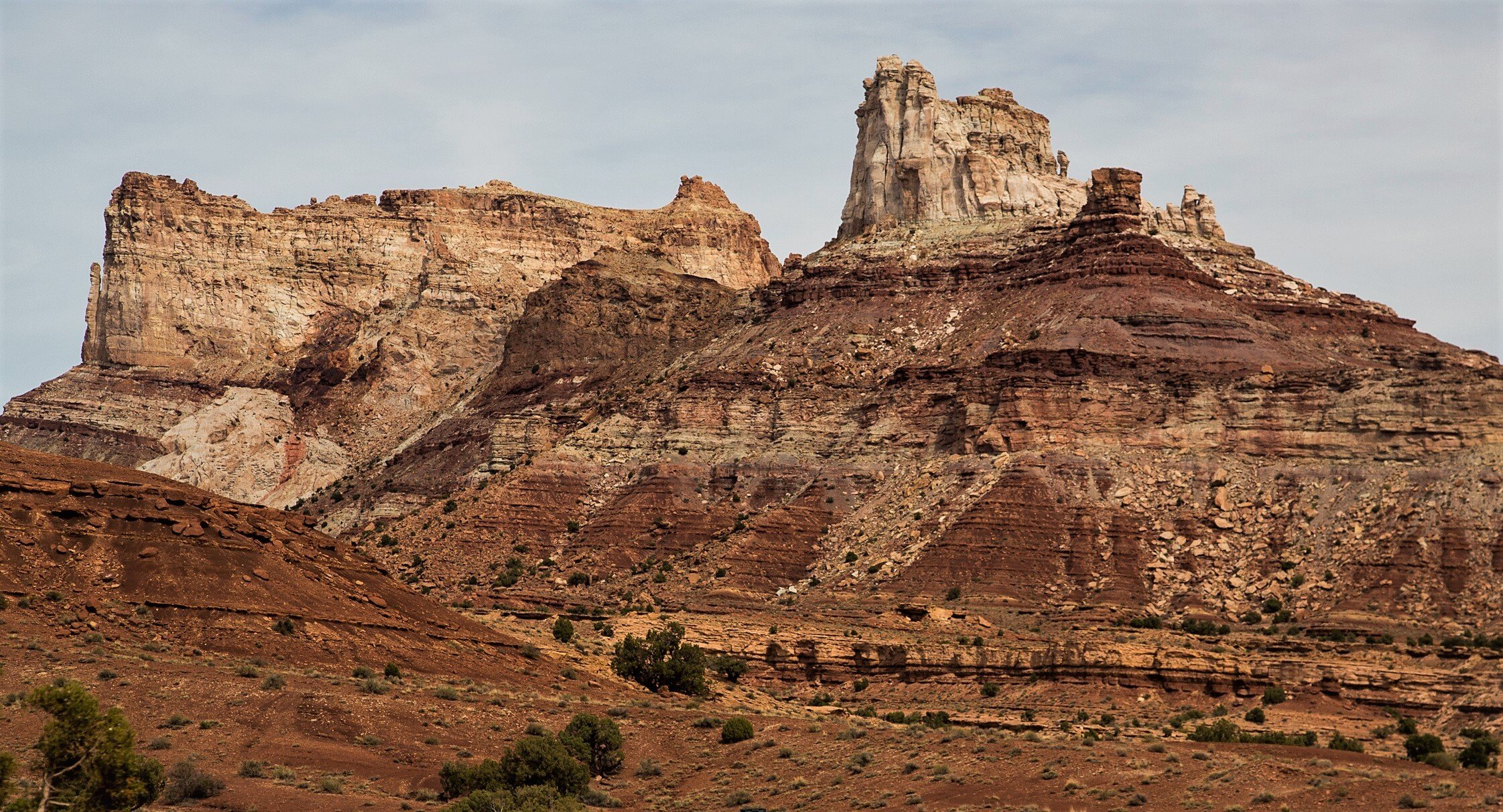
Rivers, Beaches, and Sand Dunes: What Do They Look Like When They Turn to Rock?
Led by: William W. Little and David A. Little
We all enjoy floating on a river or enjoying the crashing of waves on a beach. Such features have existed throughout Earth’s history. How do geologists recognize them in the rock record?
Here are two one-day field trips to explore beautiful exposures of ancient sedimentary environments, such as rivers, beaches, and sand dunes and explore the processes that formed them millions of years ago.
The Notch | Saturday
This is a narrow slot canyon located just south of I-70 about 20 miles west of the town of Green River. It opens to reveal the back and forth change between ancient rivers (like the modern South Platte) and sand dunes (similar to the modern Sahara Desert). We will see both from afar and up close the manner in which sediment accumulated and was then preserved such that we can identify these features today.
Gentile Wash | Sunday
This is a small canyon located just north of the town of Helper on the west side of U.S. Highway 6. In this canyon, we will view the manner in which ancient deltas formed, such as the modern Mississippi and Nile deltas. Additionally, we can observe an ancient record of changing sea level and how that is manifest in the rock record.
Saturday | April 5, 2025
The Notch
Sunday | April 6, 2025
Gentile Wash
A two-part field trip spanning Saturday & Sunday. Single-day sign ups are allowed.
Sunday’s Gentile Wash trip north of Helper is an excellent choice for folks heading home to Carbon County or the greater Salt Lake region.
-
The Notch (Saturday)
Though the Notch is relatively close to Green River, high clearance vehicles are required to navigate sandy wash crossings.
Gentile Wash (Sunday)
Any car can make the trip.
-
William W. Little and David A. Little
William W. Little has a Ph.D. in sedimentology from the University of Colorado and taught as a Professor of Geology for nearly 30 years at various institutions before retiring in 2021 after seventeen years at BYU-Idaho. He also worked as a geologist for the Missouri Geological Survey and now owns and operates W.W. Little Geological Consulting.
David A. Little has an M.S. degree in geology from BYU. He did a graduate internship with ConocoPhillips, then because of his love for field work decided to become an independent contractor with W.W. Little Geological Consulting. David’s background is primarily with ancient sedimentary systems.
Photo CC Doc Searls

